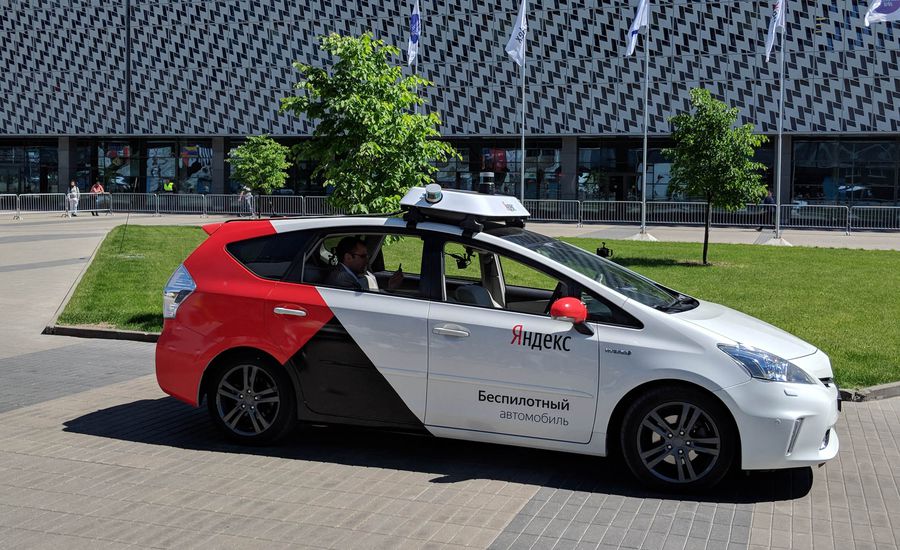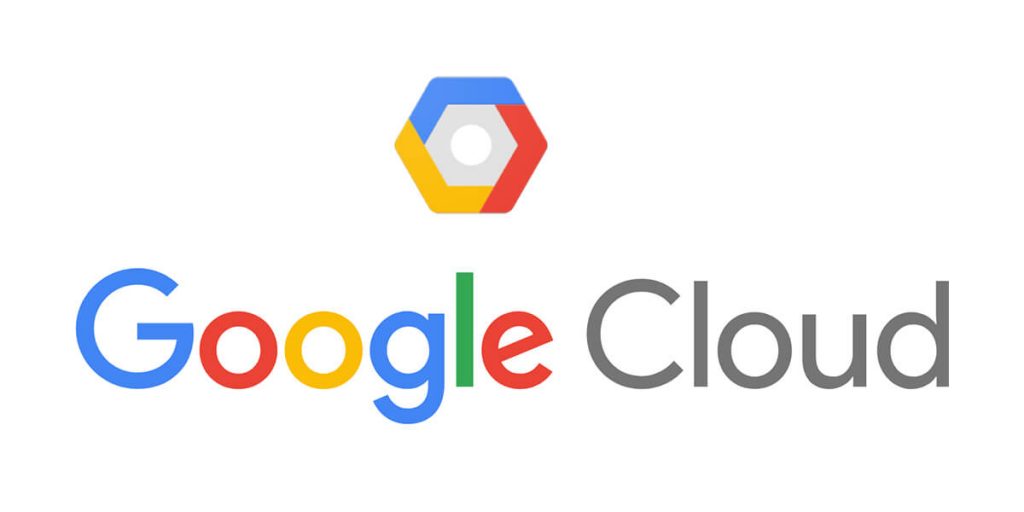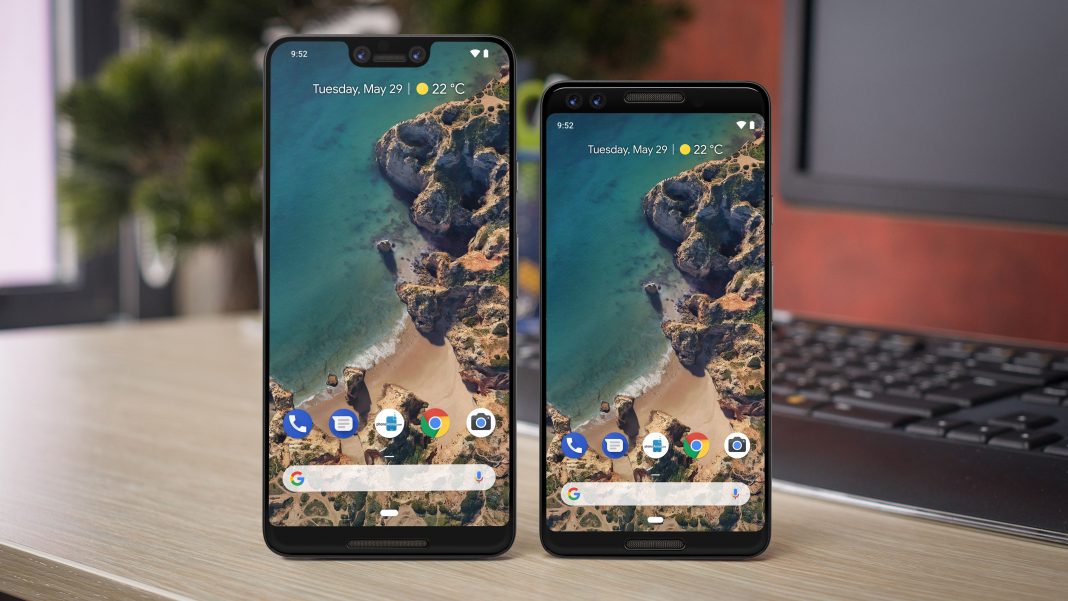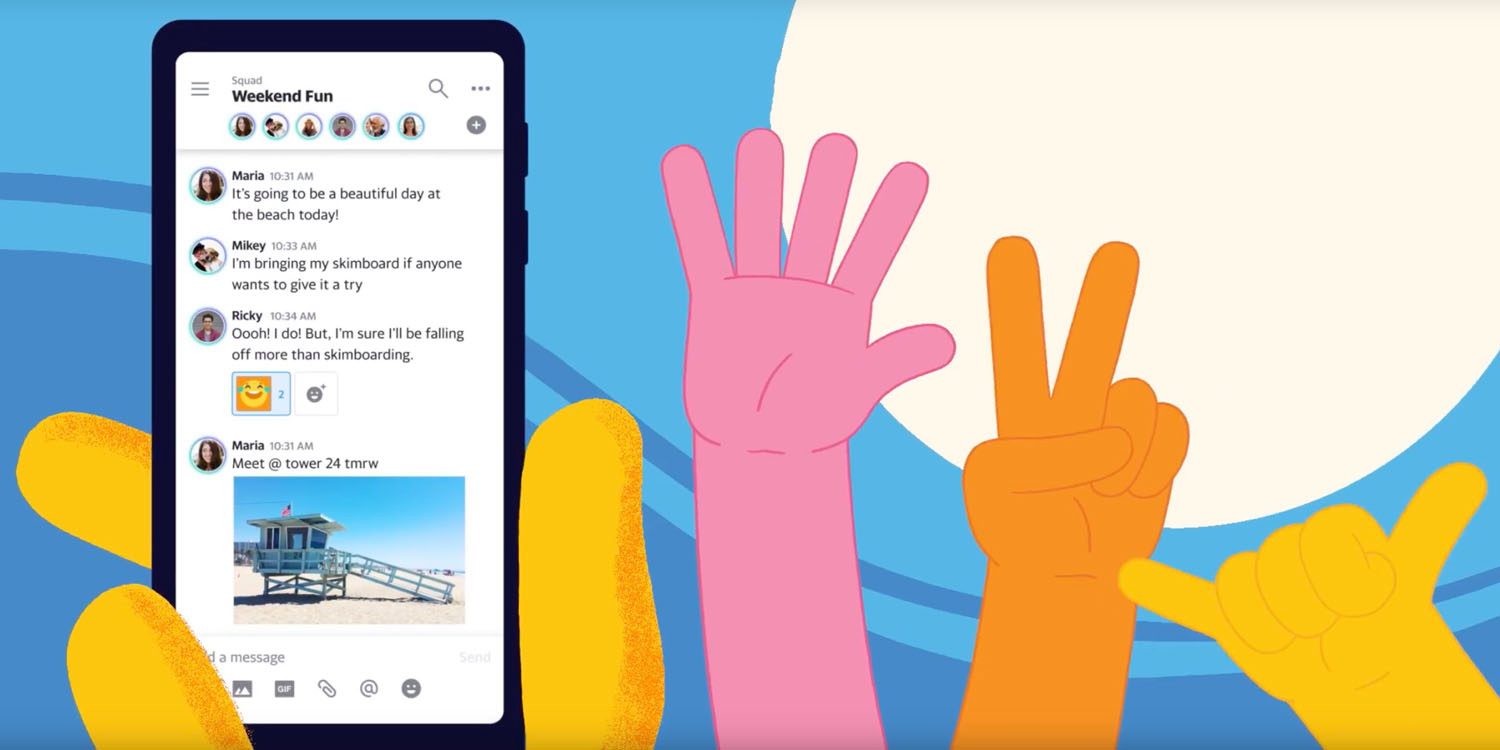Skydio R1 Drone now will be Controlled by the Apple Watch
Almost three years ago, a small startup company, Skydio, introduced its first autonomous drone, that was targetted to achieve the ‘sense and avoid’, feature. Most of the conventional drones have their own controllers or are operated through android or iOs apps, on the smartphones. This time the company has produced a drone without any controllers, that flies almost entirely itself, the Skydio’s R1 camera drone.
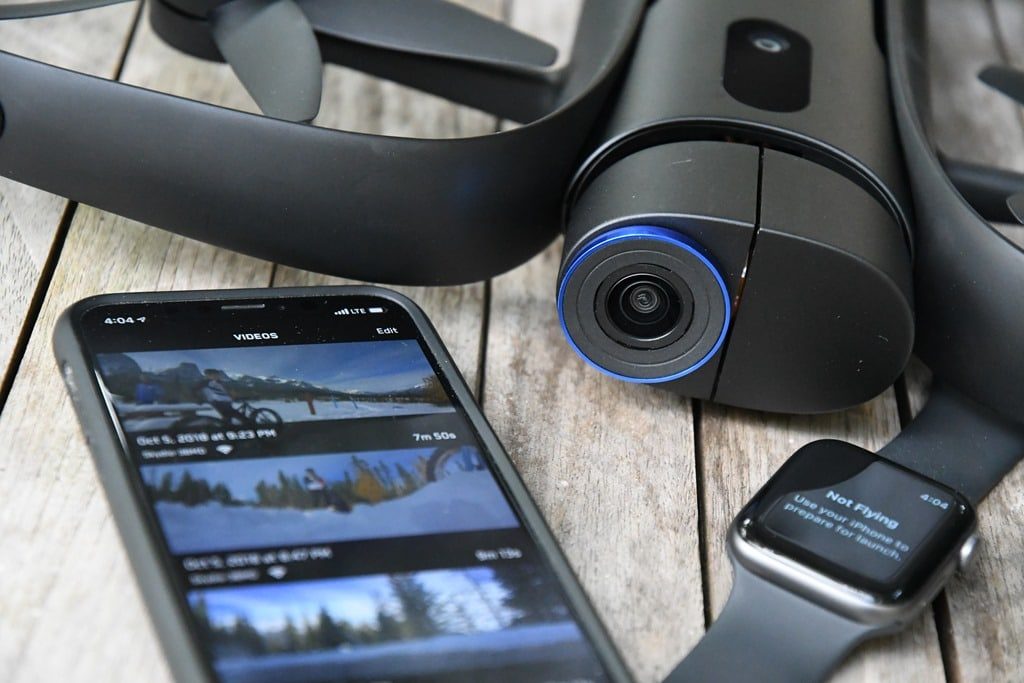
The drone company Skydio has joined its hands with Apple and has developed an app that can control the drone through Apple’s smartwatches. The app is equipped with almost all of the drone’s filming features, and you can easily control the drone through an Apple watch. Although the smartphones can still control the drone, the watch is going to be the most convenient for the purpose.
The new Skydio drone is a self-flying gadget, but, to add some variation to your film, the filming modes can be changed through the app. First, you need to set the subject on the drone and voila! It will follow the subject and will capture it from various directions. With thirteen cameras, a powerful computer brain and a whole lot of software smarts, it sees and senses its surroundings, and avoid any type of obstacles. The drone is powered by Nvidia’s Jetson AI hardware and an autonomy engine, that navigates itself in the real-time environment. The watch through the app is able to change flight modes, rotate the drone, end flights and shift the focus from the subject.
The people who want to film themselves, are going to love the new R1 drone, as it will not have any captures, in which the user is controlling the drone through a remote control or a smartphone. Just a few taps on the watch and the user will be able to film like a pro-pilot. The app has a great user interface and easy to use features, that avoid any type of complications.
Until now, Skydio has been selling its drones on its official websites. But soon the Apple stores in the US and Canada will also start selling them. The first drone from Skydio cost $2499, and the price of new Skydio’s R1 Camera drone will cost $1999.

Yashica is a Software Engineer turned Content Writer, who loves to write on social causes and expertise in writing technical stuff. She loves to watch movies and explore new places. She believes that you need to live once before you die. So experimenting with her life and career choices, she is trying to live her life to the fullest.
